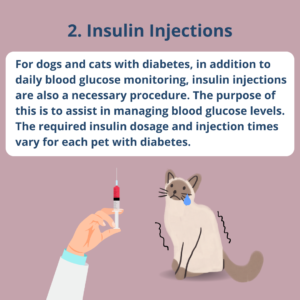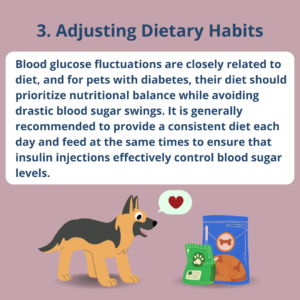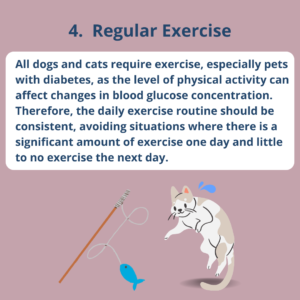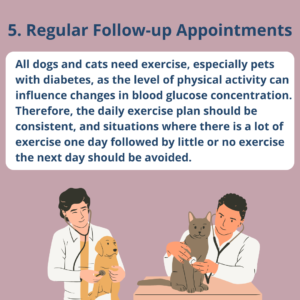5 Ways To Manage Pet Diabetes
3. Adjusting Dietary Habits
Blood glucose fluctuations are closely related to diet, and for pets with diabetes, their diet should prioritize nutritional balance while avoiding drastic blood sugar swings. It is generally recommended to provide a consistent diet each day and feed at the same times to ensure that insulin injections effectively control blood sugar levels.
4. Regular Exercise
All dogs and cats require exercise, especially pets with diabetes, as the level of physical activity can affect changes in blood glucose concentration. Therefore, the daily exercise routine should be consistent, avoiding situations where there is a significant amount of exercise one day and little to no exercise the next day.
5. Regular Follow-up Appointments
All dogs and cats need exercise, especially pets with diabetes, as the level of physical activity can influence changes in blood glucose concentration. Therefore, the daily exercise plan should be consistent, and situations where there is a lot of exercise one day followed by little or no exercise the next day should be avoided.










